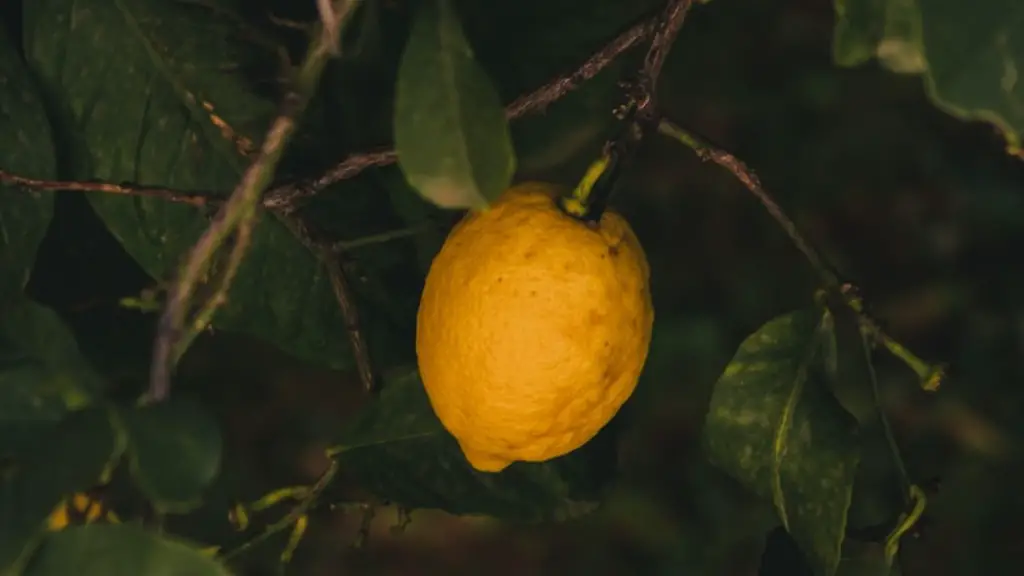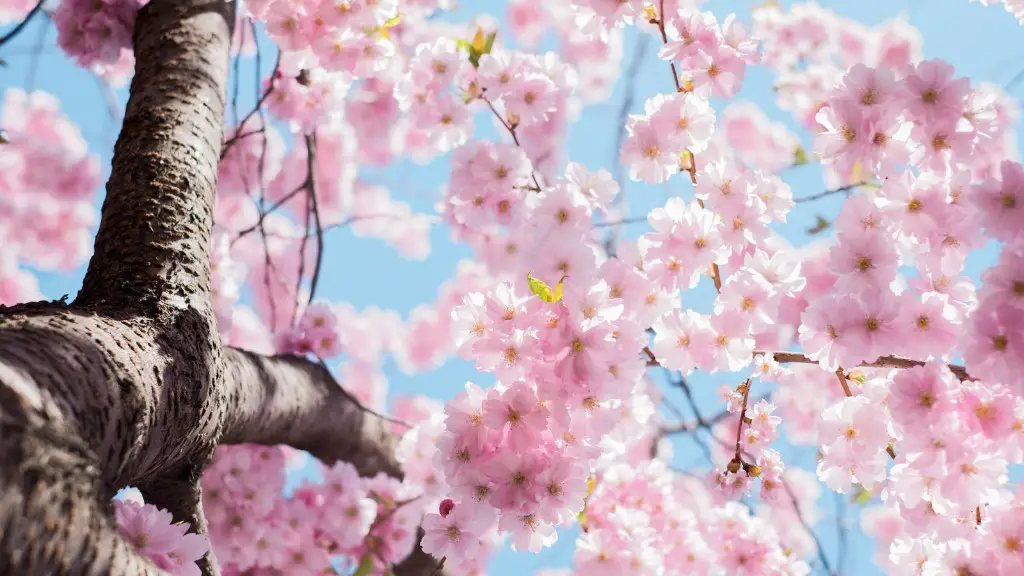It can be alarming to discover that the leaves on a lemon tree are yellow. This could be indicative of a nutrient deficiency or it could point to a more serious problem. The good news is that often, yellow leaves on a lemon tree do not indicate a serious problem. In this blog post, I’ll go into detail about why my lemon tree leaves are yellow, and what steps can be taken to rectify the situation.
One reason why my lemon tree might have yellow leaves could be because of insufficient water. If the soil is too dry, the tree may not be able to absorb enough nutrients from the soil and the leaves may start to yellow. In this case, it’s important to increase the amount of water the tree receives. To do this, I can water the lemon tree more often or use a drip irrigation system.
A second reason why my lemon tree might have yellow leaves is due to insufficient nutrients. If the soil isn’t providing the tree with the nutrients it needs, the leaves may start to yellow. This can be remedied by adding organic fertilizer or nutrient-rich compost to the soil. Additionally, I can spray the lemon tree with a nutrient-rich foliar spray.
A third possible reason why my lemon tree leaves may be yellowing is root rot. The presence of root rot can cause the leaves to turn yellow and fall off. In this case, it’s important for me to check for other signs of root rot, such as pinholes in the root, discoloration of the affected area, and a soft and moldy texture.
It’s also important to rule out the possibility of disease or pests. Fungal and bacterial diseases, as well as insect infestations, can cause yellowing of the leaves. Some of these diseases and pests can be easily treated with sprays or insecticides. However, if there is a serious infestation, it might be necessary to prune the bad sections of the tree to prevent them from spreading further.
Finally, my lemon tree may be suffering from sun burn. This is a common problem in extremely hot or sunny regions. If the tree is direct sunlight for too long, the leaves can become discolored, dry and curl at the edges. It’s important to provide shade to protect against sunburn, or change the position of the tree so that it is receiving indirect sunlight.
Potassium Deficiency
One of the potential causes for yellow leaves on a lemon tree is a potassium deficiency. Potassium helps the tree to transport water and other essential nutrients into the leaves. When there is a lack of potassium in the soil, the leaves can become dull, yellow and lifeless. To resolve a potassium deficiency, I can apply a liquid fertilizer with a higher concentration of potassium.
In addition, it’s important to check the soil pH level. If the pH is too high or too low, the tree won’t be able to absorb the potassium in the soil. To fix the pH level, I can adjust the soil by adding fertilizer or by regularly applying lime or sulfur to the soil.
Temperature Stress
Another potential cause of yellow leaves on a lemon tree is temperature stress. Extreme temperatures can cause the tree to shut down and the leaves to become yellow. If the temperatures are too cold, the tree can suffer from cold shock, and if the temperatures are too hot, the tree can become scorched and dehydrated. To fix this issue, I can use a shade cloth to protect the tree from the sun, or I can water the tree more frequently.
I also need to make sure that my lemon tree isn’t exposed to temperatures that are too low or too high. If the nighttime temperatures drop too low, I should provide the tree with some additional insulation. Additionally, I should make sure the tree is not exposed to extremely high temperatures during the day.
Fertilizer Burn
Another cause of yellow leaves on a lemon tree is fertilizer burn. This occurs when too much fertilizer is applied to the soil, causing the leaves to become yellow or burn. To fix this issue, I need to reduce the amount of fertilizer I am applying. Additionally, if I’m using a synthetic fertilizer, I should make sure I’m applying it at the correct rate and not applying it too often.
It is also important to ensure that the fertilizer I’m using is suitable for a lemon tree. If the fertilizer is too strong or is not specifically designed for citrus trees, it can cause the leaves to yellow or burn.
Diseases
A final reason why my lemon tree leaves may be yellowing could be because of a fungal or bacterial disease. These diseases can cause the leaves to become yellow, wilted and fall off. In this case, it’s important to identify the specific disease and find a suitable treatment. For fungal diseases, I can use a copper or sulfur-based spray, while for bacterial diseases, I can use a bactericide.
It’s also important to remember that diseases can spread quickly when the leaves are wet. Therefore, in order to prevent the further spread of the disease, I need to make sure that the leaves are kept dry and that there is sufficient airflow around the tree.


